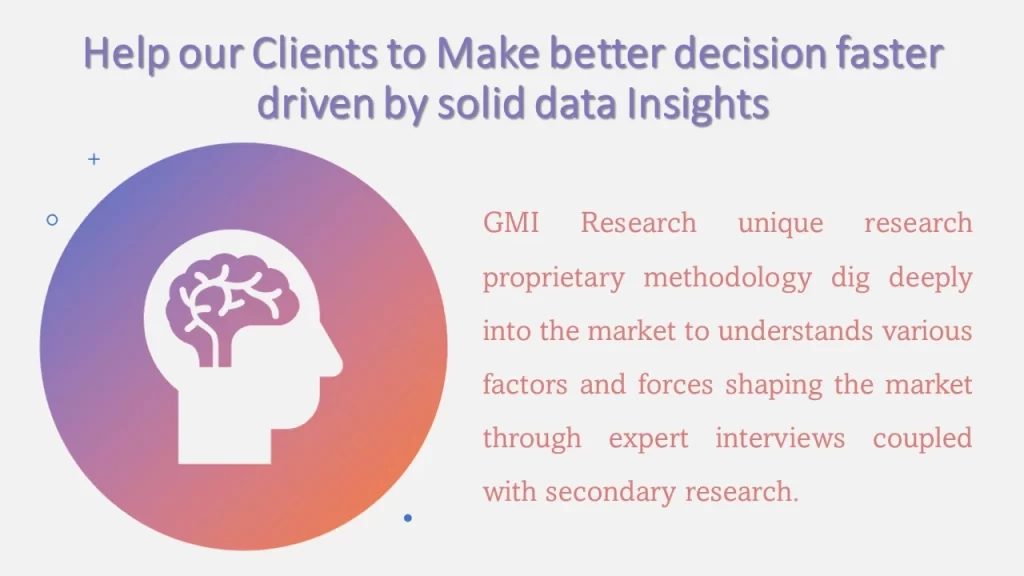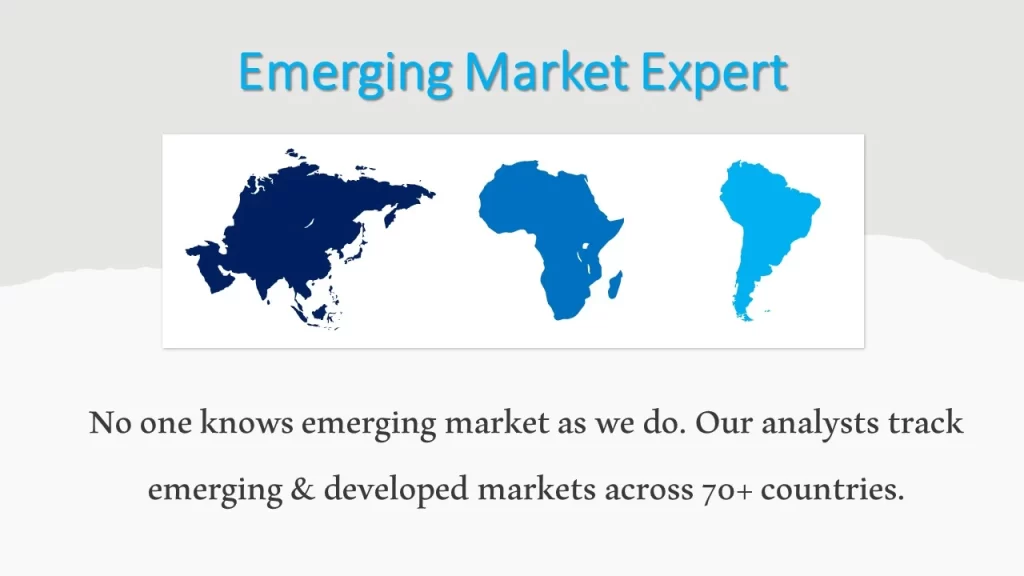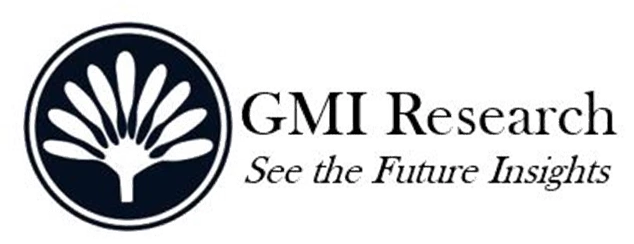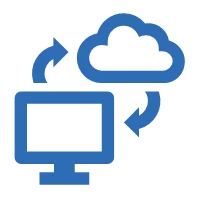IoT Chip Market registered a market size of USD 500.5 billion in 2024 and is projected to reach USD 872.9 billion in 2032, growing at a CAGR of 7.2% during the forecast period from 2025-2032, due to the surge in IoT deployment within smart cities and homes along with its rising adoption across various industries.
Major Market Drivers and Trends
The IoT chip market size growth is driven by increasing digitalization as the growth of smart homes and cities creates a higher demand for IoT devices that need better processing capabilities and connectivity. These chips are crucial for providing the connectivity and energy efficiency necessary for IoT devices to operate efficiently. As interconnected devices are growing, the need for high-performance IoT chips is anticipated to increase in the years ahead.
The growing need for IoT devices across industries including industrial automation and consumer electronics is further driving the IoT chip market growth. As industries seek greater automation and remote monitoring, there has been a rising need for IoT devices that can handle extensive data while offering real-time analytics. Semiconductor companies are also developing AI architectures including embedded GPUs and accelerators to address the rising demand for IoT devices powered by artificial intelligence.
IoT in retail has also changed the way businesses connect with customers. This technology enables retailers to improve efficiency while enhancing the customer journey. Retailers can streamline inventory and manage supply chain while also leveraging instant analytics to make informed decisions. Its applications are broad with notable implications in areas such as smart doors or shelves and inventory management.
Why Purchase a Standard Report When You Can Customize this Report
Please Let us know your Customization Requirements
Generative AI has the potential to transform the IoT chips market by streamlining design processes and improving performance. AI algorithms accelerate the design process by exploring expansive spaces and finding the most suitable configurations quicker than conventional approaches. By utilizing generative AI, manufacturers can develop tailored chipsets for specific use cases. It creates specific IoT devices which cater to unique needs while improving efficiency and functionality.
With rapid adoption in industries such as retail and healthcare, IoT holds immense potential. However, data privacy and security remain major obstacles that can hinder its market growth. As IoT adoption rises for numerous applications, the surge in connected devices generates massive amounts of data which creates opportunities for cybercriminals to infiltrate systems and exploit this information for malicious activities.
Hardware Insights: Connectivity ICs segment is estimated to register the largest market share
Connectivity ICs dominated the market largely because of the vital role these components play in the functioning of IoT applications. The growing IoT ecosystem highlights the critical need for smooth and dependable data exchange between devices. This segment delivers the crucial hardware necessary for multiple wireless communication standards which allow devices to connect and transfer data seamlessly via cellular networks or various technologies.
The sensors segment is also expanding because of their vital role in collecting data and sensing. They allow the IoT ecosystem to gather real-time data from the physical environment and support various IoT applications. Sensors are integral to healthcare applications like remote monitoring and health tracking. While in manufacturing they help with predictive maintenance and optimizing processes.
The processors segment is expected to experience significant growth due to the widespread IoT devices uses in sectors like healthcare and industrial automation which require more advanced processors. As IoT applications often involve sensitive data, the inclusion of improved security features in processors is becoming increasingly important. It drives market growth by ensuring comprehensive defense against online threats.
End-use Application Insights: Consumer electronics segment is projected to register the largest revenue share
This segment encompasses devices like smart speakers and home appliances which are integrating IoT chipsets to support remote control along with compatibility with virtual assistants like Google Assistant or Amazon Alexa. IoT chipsets are also embedded in home automation solutions which allows users to remotely control various aspects of their home including security and lighting through smartphones or predefined automation routines.
The healthcare segment is projected to grow with the increasing use of IoT devices like fitness trackers and pulse sensors which enable monitoring of vital signs. It allows healthcare providers to monitor health data and respond swiftly to any changes.
The industrial segment is also expanding as the demand for IoT in manufacturing rises. It is driven by the growing number of M2M connections and the rising need for better efficiency on the factory floor and in the field. Many manufacturers deploy IoT devices to take advantage of predictive maintenance and advanced data analytics which enhances productivity while adding significant value for their business operations.
Regional Insights: North America is forecast to capture the largest market share
North America benefits from a robust and sophisticated telecommunications infrastructure featuring broad high-speed internet access and extensive cellular coverage which facilitates IoT devices deployment. Private sector investments and government efforts are playing a vital role in accelerating IoT technology expansion in North America. Programs focused on smart cities and industrial automation are also attracting significant financial backing.
The Asia Pacific region is expected to experience substantial growth driven by widespread mobile and internet access in several countries which facilitate the smooth deployment and integration of IoT services. The region is also experiencing a surge in innovation within processor technology with IoT chip manufacturing companies focusing on creating more powerful processors designed specifically for IoT applications.
Manufacturing leaders like China and Japan are embracing the Industrial IoT to improve predictive maintenance and optimize supply chains. It can also automate factories which eventually drive higher productivity and operational efficiency. Rising internet penetration in residential or commercial sectors along with increasing disposable income and better IT infrastructure are all contributing to market growth in the APAC region.
Europe is expected to experience consistent growth in the coming years driven by its robust regulatory environment that prioritizes data security and privacy such as the implementation of the General Data Protection Regulation. A strong focus on personal data protection is essential for the widespread integration with IoT technologies. European countries have therefore been actively fostering IoT adoption with favorable initiatives and policies. Research and development investments by governments along with funding schemes and partnerships with industry players are further driving market growth in Europe.
Top Market Players
Various notable players in the market are Intel Corporation, Qualcomm, Samsung, MediaTek, among others. The market is defined by ongoing technological innovations and shifting consumer needs. The need for better performance and power efficiency is pushing companies to compete fiercely in developing sophisticated IoT chip technology. Companies ranging from large semiconductor firms to emerging IoT chip producers are competing for market share and striving to secure their position in this rapidly changing sector.
Segments covered in the Report:
The Global Internet of Things (IoT) Chip Market has been segmented on the basis of hardware, power consumption, end-use application, and regions. Based on the hardware, the market is segmented into processors, connectivity integrated circuits (ics), sensors, memory devices, and logic devices. Based on the power consumption, the market is segmented into less than 1 W, 1–3 W, 3–5 W, 5–10 W, and more than 10 W. Based on the end-use application, the market is segmented into automotive, banking financial services and insurance, retail, healthcare, consumer electronics, industrial, and others.
Key Developments
-
- In 2024, Qualcomm Technologies introduced an IoT chip with ultra-low energy WiFi aimed at rivaling Bluetooth technology. The chip is designed to solve power consumption and connectivity issues in IoT devices. It also enhances battery life and delivers superior performance for numerous devices.
- In 2024 NXP Semiconductors and Honeywell collaborated to improve building power management. This collaboration seeks to deliver intelligent energy solutions powered by AI and data analytics. This also enhances building autonomy and optimizes energy with guidance from service professionals.
- In 2023 Qualcomm Technologies unveiled the QCM8550 and QCS8550 IoT chips. They offer higher power for applications including cloud gaming and drones.
- In 2023, Samsung launched the Exynos Connect U100 which is an ultra wideband chipset with high precision designed for automotive devices and smartphones as it offers centimeter level accuracy. Optimized for automotive and IoT applications, the solution delivers precise distance along with location tracking.
|
Report Coverage |
Details |
| Market Revenues (2024) |
USD 500.5 billion |
| Market Base Year |
2024 |
| Market Forecast Period |
2025-2032 |
| Base Year & Forecast Units |
Revenues (USD Billion) |
| Market Segment | By Hardware, By Power Consumption, By End-use Application, By Region |
| Regional Coverage | Asia Pacific, Europe, North America, and RoW |
| Companies Profiled | Intel Corporation, Qualcomm, Samsung, MediaTek, among others; a total of 4 companies covered. |
| 25% Free Customization Available | We will customize this report up to 25% as a free customization to address our client’s specific requirements |
Market Segmentation
Global IoT Chip Market by Hardware
-
- Processors
- Connectivity Integrated Circuits (ICs)
- Sensors
- Memory devices
- Logic devices
Global IoT Chip Market by Power Consumption
-
- Less than 1 W
- 1–3 W
- 3–5 W
- 5–10 W
- More than 10 W
Global IoT Chip Market by End-use Application
-
- Automotive
- Banking Financial Services and Insurance
- Retail
- Healthcare
- Consumer Electronics
- Industrial
- Others
Global IoT Chip Market by Region
-
-
North America IoT Chip Market (Option 1: As a part of the free 25% customization)
- By Hardware
- By Power Consumption
- By End-use Application
- US Market All-Up
- Canada Market All-Up
-
Europe IoT Chip Market (Option 2: As a part of the free 25% customization)
- By Hardware
- By Power Consumption
- By End-use Application
- UK Market All-Up
- Germany Market All-Up
- France Market All-Up
- Spain Market All-Up
- Rest of Europe Market All-Up
-
Asia-Pacific IoT Chip Market (Option 3: As a part of the free 25% customization)
- By Hardware
- By Power Consumption
- By End-use Application
- China Market All-Up
- India Market All-Up
- Japan Market All-Up
- Rest of APAC Market All-Up
-
RoW IoT Chip Market (Option 4: As a part of the free 25% customization)
- By Hardware
- By Power Consumption
- By End-use Application
- Brazil Market All-Up
- South Africa Market All-Up
- Saudi Arabia Market All-Up
- UAE Market All-Up
- Rest of world (remaining countries of the LAMEA region) Market All-Up
-
IoT Chip Market Leading players (Option 5: Free 25% Customization – Profiles of 5 Additional Companies of your Choice)
-
-
- Intel Corporation
- Qualcomm
- Samsung
- MediaTek
-
Frequently Asked Question About This Report
IoT Chip Market [GR24AB-01-00357]
IoT Chip Market registered a market size of USD 500.5 in 2024 and is projected to reach USD 872.9 billion in 2032, growing at a CAGR of 7.2% during the forecast period from 2025-2032.
The market is segmented on the basis of Hardware, Power Consumption, End-use Application and region.
Various notable players in the market are Intel Corporation, Qualcomm, Samsung, MediaTek, among others.
Related Reports
- Published Date: Jan-2025
- Report Format: Excel/PPT
- Report Code: GR24AB-01-00357
Licensing Options
Single-User License:
The report is used by the purchaser (One Individual) only
Multi-User License:Report is shared with maximum 5 users (employees) including the purchaser of the purchasing corporation only
Corporate License:
Report is shared with unlimited user (employees) of the purchasing corporation only
The report is used by the purchaser (One Individual) only
Multi-User License:Report is shared with maximum 5 users (employees) including the purchaser of the purchasing corporation only
Corporate License:
Report is shared with unlimited user (employees) of the purchasing corporation only
IoT Chip Market and Analysis Report – Opportunities and Forecast 2025-2032
$ 4,499.00 – $ 6,649.00
Why GMI Research







